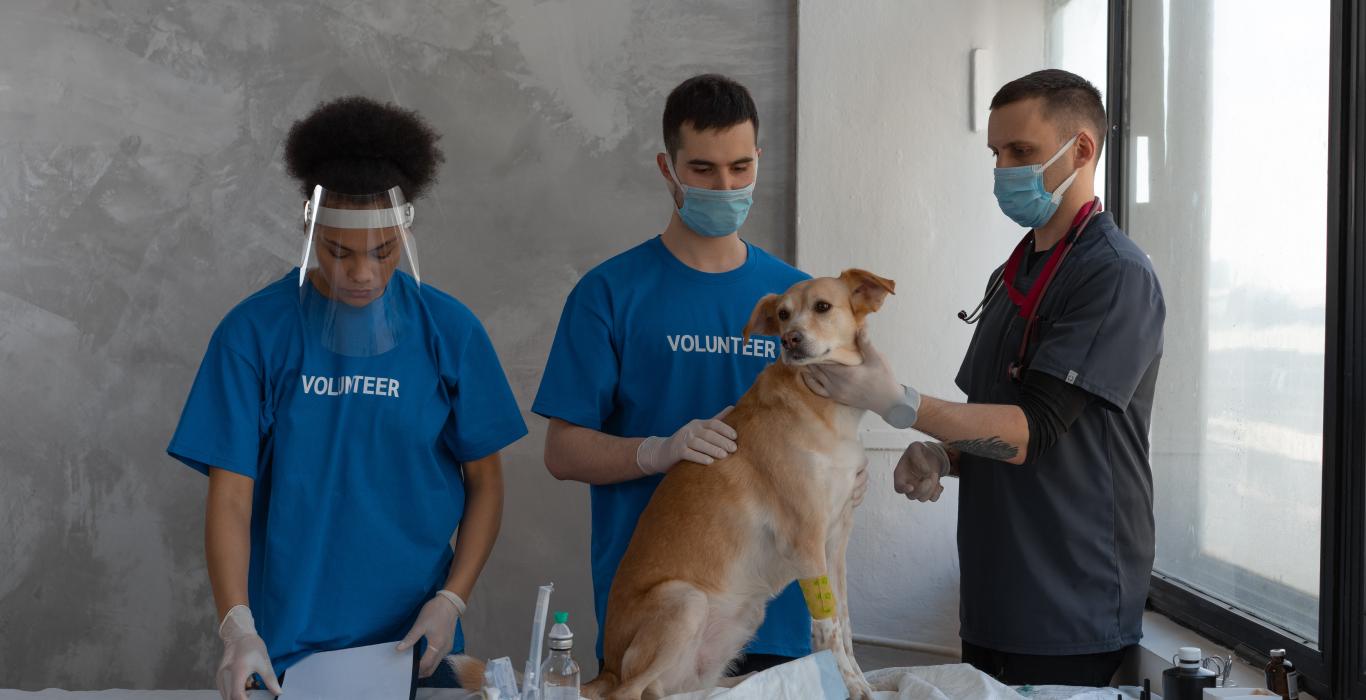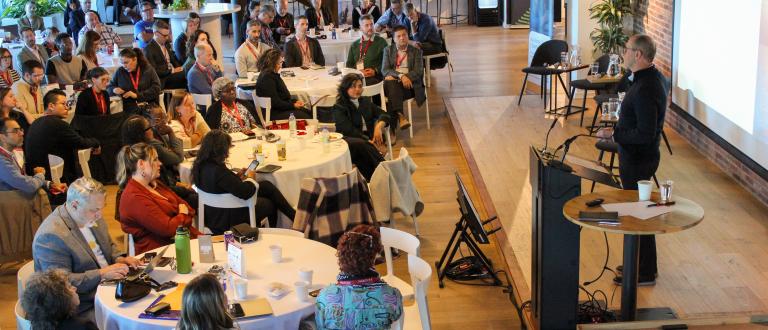PRIORITIES AND CHALLENGES FOR NONPROFITS IN THE THIRD QUARTER OF 2022
Normally, we associate July with the beginning of a sleepier, sunnier time of the year. However, this year it seems that the news won’t slow down. Around the world, Sri Lanka is in the depths of a major economic and political crisis, the UK is experiencing a major wave of strikes, and the war in Ukraine still rages on. Heat waves and fires are impacting much of the globe. Here at home, many are struggling to make ends meet, hospitals and airports are struggling to function, and the labour shortage is having severe consequences for many parts of the economy. At the same time, we’re entering a seventh wave of the pandemic with few public health measures in place.
Nonprofits are, as usual, working hard to serve their communities despite the difficult times we’re facing. In the latest edition of this quarterly blog series, we discuss some of the macro trends that are impacting the sector in the third quarter of 2022.
Nonprofits squeezed by inflation
Rising costs continue to be a top concern for the sector. The number of nonprofits expecting operating expenses to increase over the next three months jumped from 37% in Q1 to 52% in Q2, according to the latest results of the Canada Survey of Business Conditions.1
Across the sector, organizations are being severely impacted. Local chapters of Habitat for Humanity are trying to cope with the high cost of construction materials by using cheaper alternatives, while organizations that provide food aid are seeing the costs of some food items soar between 12% and 114%. Gas prices are also adding pressure for many nonprofits. For example, in British Columbia, Northern Lights Wildlife Society’s conservation work with bears is being complicated by rising gas prices.
Recession fears looming
In order to combat rising inflation, the Bank of Canada has aggressively raised interest rates over the past several months. Many economists are predicting that this strategy, in combination with low consumer confidence due to rising prices, will bring about a recession.
While most economists are predicting that the recession will be short-lived,nonprofits are still likely to feel an impact as individuals donate less and major funders tighten their belts in response to low returns in the market.
Across the country, both need and desperation are growing
Economic woes are driving up demand for nonprofit programs and services at the same time as they make providing them more expensive. Recent polling from Food Banks Canada showed that one in five Canadians reported going hungry due to rising costs.
It’s not just those offering food aid who are seeing demand spike. Hope Air, which helps Canadians travel long distances to medical appointments, is working hard to meet rising need as more low-income folks require their help to afford medical travel at the same time as governments try to clear health care backlogs created by the pandemic. In the second quarter of the year, 37% of nonprofits reported that they expected demand to grow over the next three months, compared with only 21% one year ago.2
Unfortunately, we’re seeing early signs that increasing desperation amongst clients may be leading to increasing harassment and abuse for nonprofit workers. Parachutes for Pets, a Calgary nonprofit that provides low-income families with resources and support to care for their pets, says that their volunteers have faced verbal abuse, vandalism and had clients throw things at them. With a looming mental health crisis and families under growing financial pressure, frontline staff across many organizations may see an uptick in disrespectful behaviour from those they serve. Unfortunately, this trend is likely to intersect with the nonprofit sector’s labour crisis by making frontline jobs less desirable.
Nonprofit staff working overtime
54% of nonprofits report that their staff are going to be working increased hours over the next three months due to the ongoing labour shortage.3 This poses a serious risk of burnout, and of further staff turnover.
41% of nonprofits report that they’ll likely hire less suitable candidates to fill vacancies. Worryingly, 18% plan to reduce the goods and services offered by their organizations,4 demonstrating the tangible impact that the labour shortage will have on the communities that the sector serves.
Final thoughts
It is undeniable that we’re experiencing challenging times, both in the sector and globally. The need for a strong nonprofit sector to address societal challenges has never been more clear. On a hopeful note, the nonprofit sector is doing what it can to meet the challenge, despite all of the obstacles in its way. As demand rises, 23% of nonprofits have plans to expand their service offerings this year.5 Over the course of the pandemic, 67% of nonprofits report adopting innovations to deal with the business conditions created by COVID-19 - 16% more than the economy-wide average.6 However, now more than ever the nonprofit sector needs continued support from its partners and funders in order to continue to serve communities at the same levels now and into the future.
1 Statistics Canada. Table 33-10-0503-01: Business or organization expectations over the next three months, second quarter of 2022 and Table 33-10-0337-01: Business or organization expectations over the next three months, by business characteristics, second quarter of 2021.
2 Statistics Canada. Table 33-10-0505-01: Business or organization expected impacts of labour-related obstacles over the next three months, second quarter of 2022.
3 Statistics Canada. Table 33-10-0505-01: Business or organization expected impacts of labour-related obstacles over the next three months, second quarter of 2022.
4 Statistics Canada. Table 33-10-0505-01: Business or organization expected impacts of labour-related obstacles over the next three months, second quarter of 2022.
5 Statistics Canada. Table 33-10-0517-01: Changes business or organization plans to make over the next 12 months, second quarter of 2022.
6 Statistics Canada. Table 33-10-0524-01: Business or organization introducing innovations in response to the COVID-19 pandemic or the conditions it caused since 2020, second quarter of 2022.


